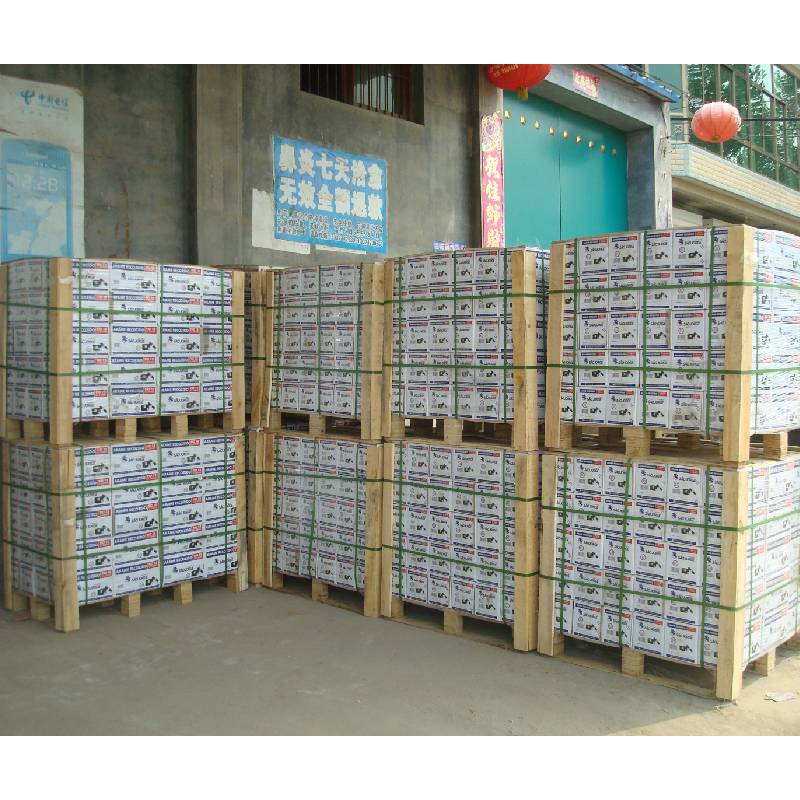
- Mobile Phone
- +8613931874955
- sales@cntcmetal.com
Design and Applications of Enclosed Helical Springs in Mechanical Systems
Understanding Closed Helical Springs A Comprehensive Overview
Closed helical springs, often simply called compression springs, are an essential component in various mechanical systems and applications. Their design and functionality make them pivotal in providing support, absorbing shocks, and maintaining tension in numerous devices and machines. In this article, we will explore the structure, function, advantages, applications, and maintenance of closed helical springs.
Structure and Design
A closed helical spring consists of a series of coils made from a resilient material, typically high-carbon steel or stainless steel, which gives it the strength and flexibility needed to withstand mechanical stress. The spring is called closed due to its tightly wound coils, which minimize gaps between the coils. This design provides improved stability and consistent performance under axial loads, making closed helical springs highly efficient in applications that involve compression.
The coil configuration of these springs can vary based on specific applications, with factors such as wire diameter, total number of coils, and spring diameter influencing performance characteristics. Generally, the tighter the coil, the greater the amount of compression it can endure without permanent deformation.
Function and Working Principles
Closed helical springs primarily function by storing mechanical energy when compressed and releasing it when the load is removed. When a load is applied, the spring compresses, and the coils move closer together. This compression leads to an increase in the spring's potential energy. According to Hooke’s Law, the force exerted by the spring is directly proportional to its displacement, meaning the spring will exert a consistent return force that reverts to its original shape once the load is removed.
Advantages of Closed Helical Springs
One significant advantage of closed helical springs is their ability to handle high levels of stress while maintaining dimensional stability. Their design minimizes lateral movement, which allows for a more consistent performance across varying load conditions. Additionally, the closed coil design reduces the risks of buckling or lateral instability, making them an ideal choice for applications requiring precision and reliability.
Moreover, closed helical springs are relatively easy to manufacture, which can lower production costs
. They can be produced in a variety of sizes and specifications, making them adaptable for different setups and industries.closed helical spring

Applications in Various Industries
Closed helical springs are widely used across multiple industries due to their versatility. In the automotive sector, they are commonly found in suspension systems, providing essential support and shock absorption. In household appliances, such as washing machines and vacuum cleaners, they help enhance performance by maintaining tension and enabling parts to function effectively.
In the aerospace and defense industries, closed helical springs play a crucial role in ensuring safety and reliability. They are utilized in mechanisms like landing gear, where they absorb landing shocks, and in various equipment that requires precise torque applications.
Moreover, closed helical springs are indispensable in the manufacturing of medical devices, providing the necessary force for specific operations while ensuring user safety. Their versatility extends to electronics, consumer goods, and even furniture design, making them a fundamental component in modern engineering.
Maintenance and Considerations
While closed helical springs are durable, proper maintenance is essential to ensure their longevity and effectiveness. Regular inspections are necessary to identify signs of wear, such as cracks or deformation. Implementing protective coatings can help prevent corrosion, especially in environments exposed to moisture or chemical agents.
Understanding the load specifications and not exceeding the specified operational limits are crucial to prevent premature failure. Additionally, ensuring the springs are installed correctly plays a significant role in their performance—improper installation can lead to misalignment, which can drastically reduce their effectiveness.
Conclusion
In conclusion, closed helical springs are vital components that serve multiple purposes across various industries. Their robust design, coupled with their ability to provide consistent performance under pressure, makes them indispensable in modern engineering. As technology continues to advance, the innovations surrounding closed helical springs will undoubtedly contribute to the development of more efficient and reliable mechanical systems. Understanding their structure, function, and maintenance can significantly enhance their application and longevity in any mechanical setup.
share:
-
Creative Ways to Decorate Your Tomato CageNewsAug.22,2025
-
Common Mistakes When Installing Brick Wall TiesNewsAug.22,2025
-
Customizing Conical Springs for Aerospace ApplicationsNewsAug.22,2025
-
Galvanized Tie Wire for Binding PipesNewsAug.22,2025
-
Environmental Impact of Using Snake Spacers in PlumbingNewsAug.22,2025
-
Sacrificial Formwork Systems for Complex StructuresNewsAug.22,2025
-
Wall Ties for Concrete: Invisible Guardians of Building Structural StabilityNewsAug.08,2025
